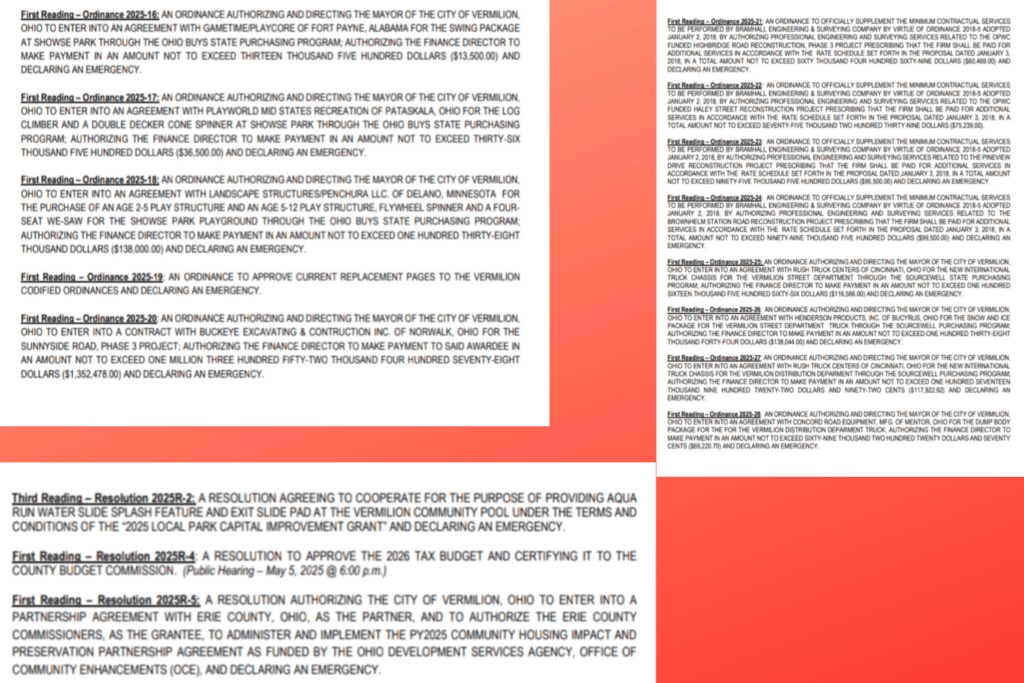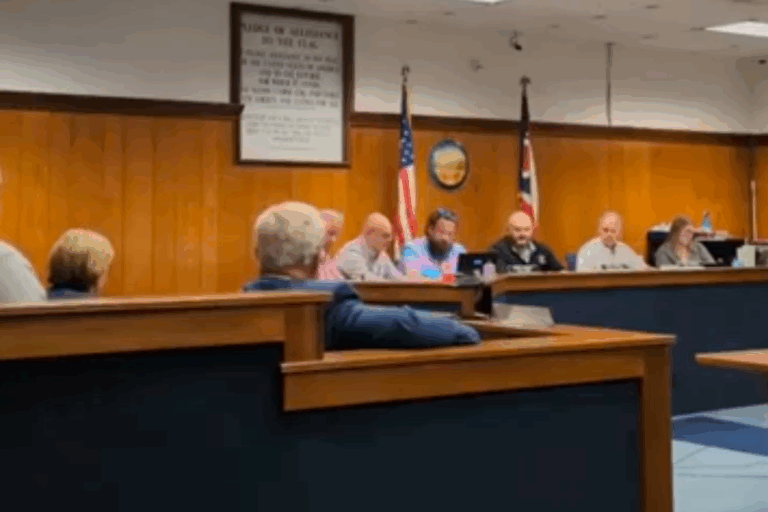
When it comes to local government, transparency isn’t just a buzzword—it’s the bedrock of public trust. Residents deserve to know how decisions are made, how money is spent, and how to get involved. But too often, transparency is more of a promise than a practice. So what does transparency really look like in your town hall, and what are the warning signs that it’s missing?
Where Transparency Breaks Down
Even well-intentioned governments can slide into habits that keep the public in the dark. Here are some red flags to watch for:
- Emergency Ordinances Misused: When leaders invoke “emergency” powers to skip public notice or debate, it can be a sign they’re fast-tracking controversial decisions without scrutiny.
- Murky Reasoning For Executive Sessions: These are sometimes necessary for legal or personnel issues—but overuse or vague justifications can hide important deliberations from public view.
- Hard-to-Access Records: If public records are buried behind fees, long delays, or paperwork hurdles, it discourages civic oversight. A lack of digitized or online records makes it worse.
- Poor Meeting Notices: Meetings held at odd times, with little notice or agenda detail, make it hard for everyday citizens to participate.
- Restricted Public Comment: Limited comment windows, harsh time limits, or ignoring online input shuts the public out of the conversation.
- No Online Access: In the digital age, failing to post meeting recordings, minutes, or budgets online is a major transparency failure.
- Financial Secrecy: If you can’t easily see where your tax dollars are going—or who’s getting city contracts—that’s a serious concern.
- FOIA Delays or Denials: Ignoring Freedom of Information Act (FOIA) requests erodes public trust and violates the spirit of open government.
What Real Transparency Looks Like
On the flip side, local governments that value transparency go above and beyond to make sure residents are informed and empowered. Here’s what to look for:
- Truly Open Meetings: Public meetings are announced in advance, with detailed agendas and available recordings—even executive sessions are rare and well-justified.
- Accessible Public Records: Documents are easy to request, free or low-cost, and posted online whenever possible.
- Clear Communication: Important decisions, updates, and notices are shared across multiple channels—websites, social media, newsletters, and local papers.
- Public Participation Encouraged: From town halls to surveys and open forums, residents are given real opportunities to speak—and their input is acknowledged.
- Transparent Budgets: Financial reports are posted in plain language, with clear breakdowns of spending, contracts, and taxes.
- Online Access to Everything: Meeting minutes, schedules, budgets, and contact information should be just a few clicks away.
- Responsive to FOIA Requests: A good-faith response to FOIA requests signals that officials are accountable to the people they serve.
- Plain Language Documents: Information should be easy to understand—no legalese or bureaucratic jargon.
So, What’s the Bottom Line?
Transparency isn’t just about policies—it’s about intent. When local governments operate in good faith, transparency builds trust and strengthens communities. But when it’s used as a shield or selectively applied, it becomes a tool for control, not accountability. Citizens should never have to fight to understand what’s being done in their name.
When the people are informed, they can hold power to account—and that’s what our Constitutional Republic is supposed to be all about.






1 thought on “Think Your Local Government Is Playing Fair? These Transparency Red Flags Say Otherwise”
Comments are closed.